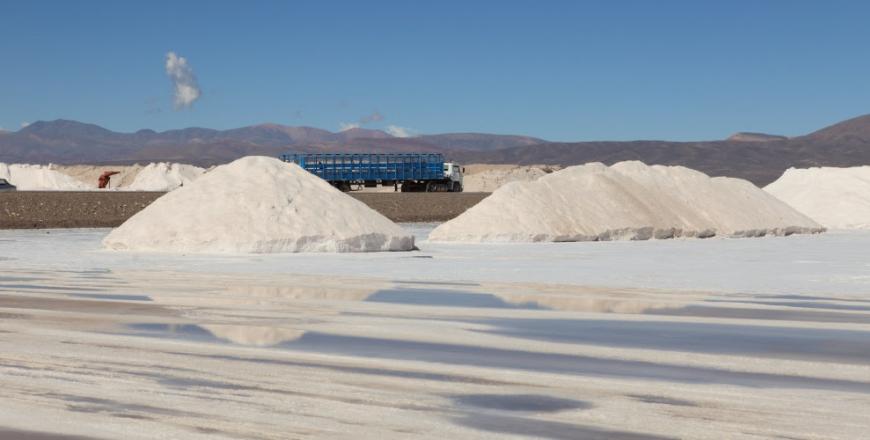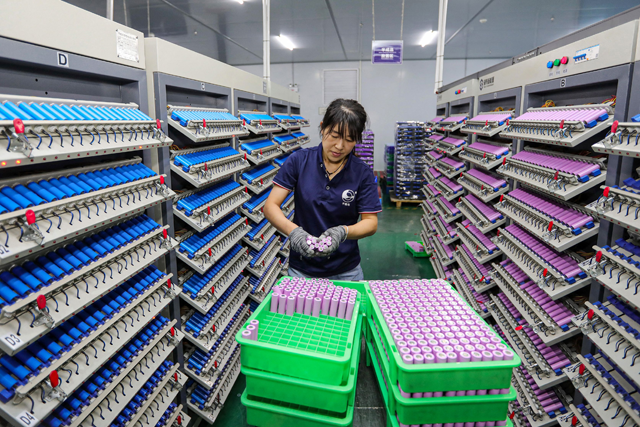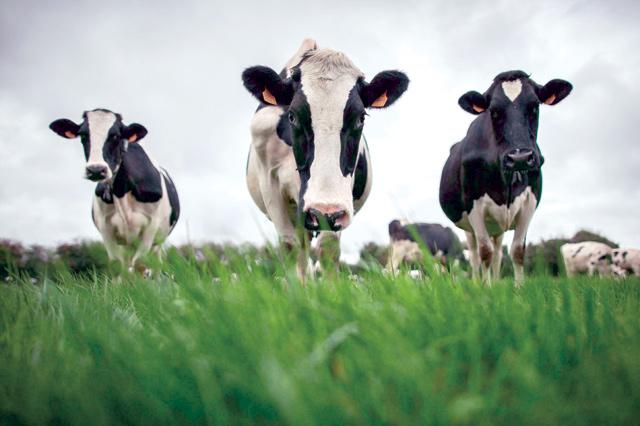You are here
Chilean lithium has the smallest carbon footprint on the planet
By InvestChile - Jan 24,2023 - Last updated at Jan 24,2023

Despite growing concerns about the environmental impact of lithium extraction, skyrocketing demand is good news for mining companies in Chile (Photo courtesy of InvestChile)
Chile is the world’s second largest lithium producer after Australia and holds approximately 45 per cent of global reserves of this mineral, which means that new business opportunities will undoubtedly emerge over the coming years.
This lightweight metal is essential for manufacturing electric vehicle batteries, and is garnering the most interest these days of all Chile’s minerals, except for copper of course. The country is also a major producer of iodine and potassium.
Lithium production in Chile is concentrated around the Atacama Salt Flat, which holds one of the most highly disputed reserves of this mineral on the planet and is the production center for the country’s two lithium-producing companies, Albemarle and SQM.
Sustainable lithium extraction
A study conducted by the Pontificia Universidad Católica de Chile and the engineering firm Dictuc calculated the carbon footprint—meaning greenhouse gas (GHG) emissions—of the two operations in the Atacama Salt Flat in order to compare it with the footprint of lithium production in Argentina and Australia, the country’s two main competitors.
The study found that the per unit GHG emissions of lithium produced from brine extraction in the Atacama Salt Flat in 2020 amounted to 4,022kg CO2 equivalent per tonne of lithium carbonate. Of that total, the unit emissions of the Atacama Salt Flat operation represent 12 per cent, while chemical plant processes account for the remaining 88 per cent.
Those emissions depend mainly on two distinguishing factors: The quantity of fossil fuel used to generate electricity on the national power grid, and factors intrinsic to the processes, inputs and reagents used.
According to other studies cited by the authors, in the Oroz Salt Flat in Argentina the same indicator is much higher, amounting to 6,650 kg of CO2 equivalent per ton of lithium carbonate produced from brine, while measurements for Australia range from 15,690 to 24,200 kg of CO2 equivalent per tonne.
“The advantage of having a small carbon footprint is that car and battery producers are requiring low-carbon footprint inputs even today, and that is only going to increase in the future. And the idea is that those inputs will be rewarded, or rather, high carbon footprint inputs will be punished; that is the main reason for mining companies to purchase renewable energy,” explains one of the study’s authors, Universidad Católica academic, Gustavo Lagos.
The expert also anticipates that this trend will only accelerate in the short term, and that could even cut the local carbon footprint indicator in half in five years.
Chile produced 162,477 tonnes of lithium carbonate equivalent in 2021. Future demand forecasts for lithium, along with the development of electricity storage infrastructure and electromobility solutions, have attracted investor attention to this mineral.
Chile has deposits of many different minerals, from copper to rare earth elements.
Related Articles
LA PAZ — Bolivia said Tuesday it had signed a $1 billion deal with China's CBC, a subsidiary of the world's largest lithium battery producer
PARIS — Animal farming accounts for twice as many greenhouse gas emissions as plants grown for consumption, according to a study published o
PARIS — Individuals along with economy-wide efficiencies can make a major difference in the drive to avert the worst of global warming, UN climate experts say, estimating that sharp cuts to demand for energy-guzzling services could slash emissions up to 70 per cent by 2050.














